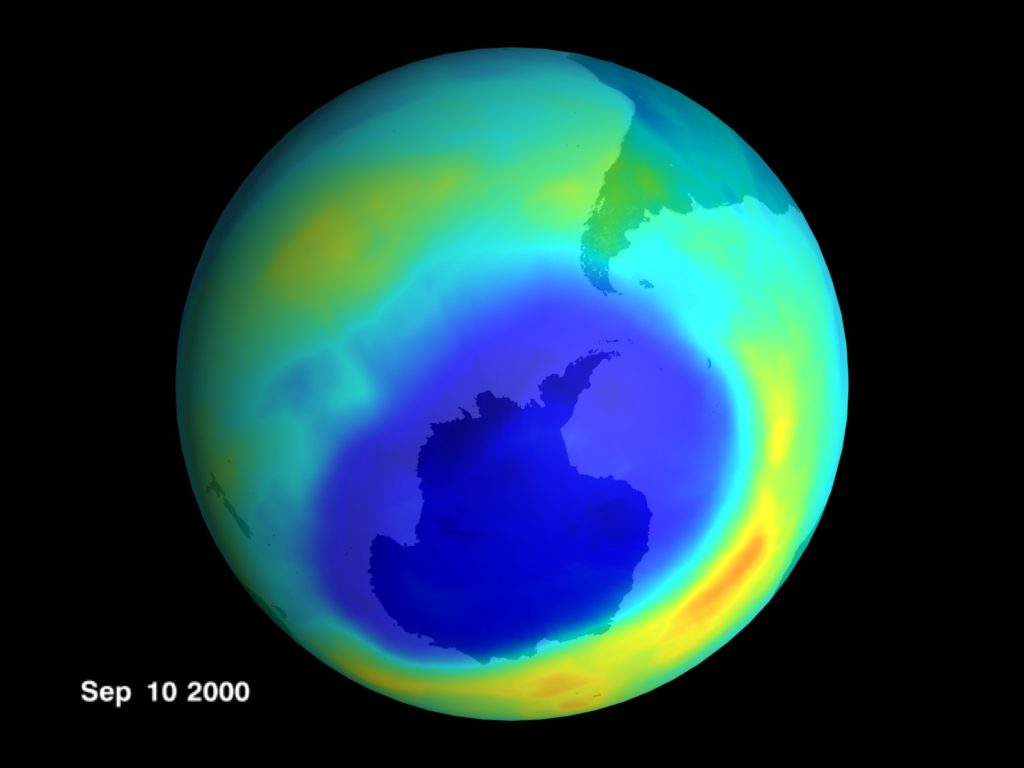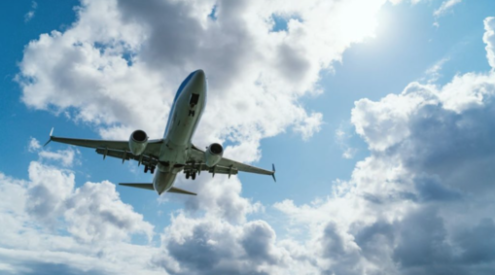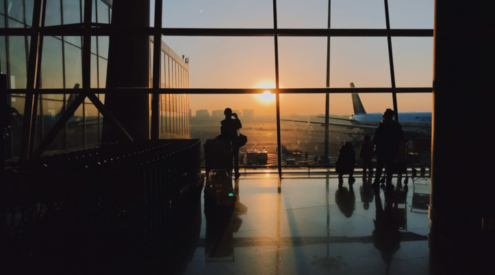Many of us will remember learning about the growing hole in the earth’s ill-fated ozone – the protective layer in the stratosphere responsible for absorbing radiation from the sun. Many parents, teachers and scientists would warn children of the risks associated with the growing hole, and advise all to take extra care when outdoors by wearing sunscreen and hats to protect their skin from damage.
Now, 32 years after the Montreal Protocol was signed in 1987, 99% of ozone-depleting substances (ODS), such as chlorofluorocarbons (CFCs), have been phased-out from products such as refrigerators and air-conditioning units.

Maximum ozone hole area for 2000. Image: Nasa.
While a number of environmental treaties have since been signed, the most recent being the Paris climate accord, but the parties that sign them do not always honour the treaties, or else don’t manage to achieve its goals. The Montreal Protocol has, however, proven to be successful in its goal of eliminating nearly all ozone-depleting substances.
The removal of these ozone-depleting substances has resulted in a noticeable impact, as the ozone hole is the smallest it’s been in three decades, according to the BBC.
The World Economic Forum reported that because of the treaty, more than 135 billion tons of carbon dioxide-equivalent emissions were prevented from reaching the atmosphere between the years 1990 and 2010.
This doesn’t mean that we’re in the clear, though. Scientists warn that constant vigilance is necessary as there are still countries contributing to the 1% of the ozone-depleting CFCs emitted into the atmosphere.
Featured image: Nasa


















